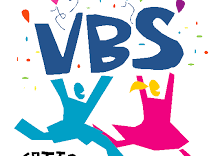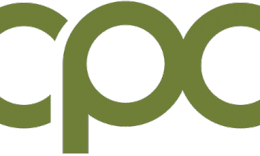Ten Guidelines That Enhance Your Child Protection Policy

Children are vulnerable. That’s why having a comprehensive child protection policy (CPP) for managing safety concerns should be the foundation of your approach to protection and well-being.
A CPP is a living document that should be used consistently, reviewed, and updated as often as necessary. It describes how your organization intends to protect and care for the children it serves and provides a set of working principles for anyone interacting with kids.
It’s important to note that no single policy works well in every situation. Each policy is unique and considers your vision, mission, size, facility design, and goals. Most policies will include additional guidelines or procedures not specific to preventing abuse. Still, they will address other aspects of care and help your organization communicate what it wants to do and how to do it.
Here are ten guidelines or procedures to help enrich your child protection policy.
- Health & Wellness Guidelines—These guidelines identify children with health issues such as illness or allergies, potential emergency medical response, and mental health needs.
- Emergency Response Procedures—Provide immediate access to step-by-step instructions for weather, fire, medical, disturbance, evacuation, threats, etc.
- Missing Child Policy – Clarifies the steps to take if a child cannot be located or goes missing.
- Anti-Bullying Policy—The policy should include how your organization defines bullying and intends to prevent, respond to, and address it for children and youth.
- Bathroom Procedures – These are determined by facility design. However, one constant guideline, with no exceptions, is that an adult should never be alone with a child in a bathroom.
- Classroom Policy—This includes the two-adult rule, adult-to-child ratios, classroom visibility guidelines, appropriate physical touch, and food/snack details for those with allergy concerns.
- Check-In and Check-Out Procedures—A check-in and check-out process is more than just attendance tracking. It also increases child safety, makes a solid first impression, provides accessibility and customization of data, and increases communication with families.
- Screening Procedures—Vetting staff and volunteers before they have direct access to children is essential. Screening deters bad behavior, offers a multidimensional view of each candidate, reduces legal risk, and provides a higher-quality talent pool. We recommend seven steps to screen comprehensively to enhance your child protection policy.
- Social Media Policy—Outlines how staff and volunteers should behave online. The policy should apply to personal, professional, and volunteer roles regarding social media activity. The policy ensures that the information posted does not put the organization, staff, volunteers, and families at risk of legal issues or embarrassment.
- Photography Policy—Outlines how to protect children’s privacy in photographs and videos taken while participating in your program. It’s best always to provide a photo release form for parents to permit sharing their children’s images.
Click here to learn more about the benefits of using secure children’s and youth check-in to help manage your children’s area, keep families smiling, and improve safety. You can subscribe to the KidCheck blog or connect with us on X, Facebook, Pinterest, Instagram, and YouTube.
Photo by Twinkl


